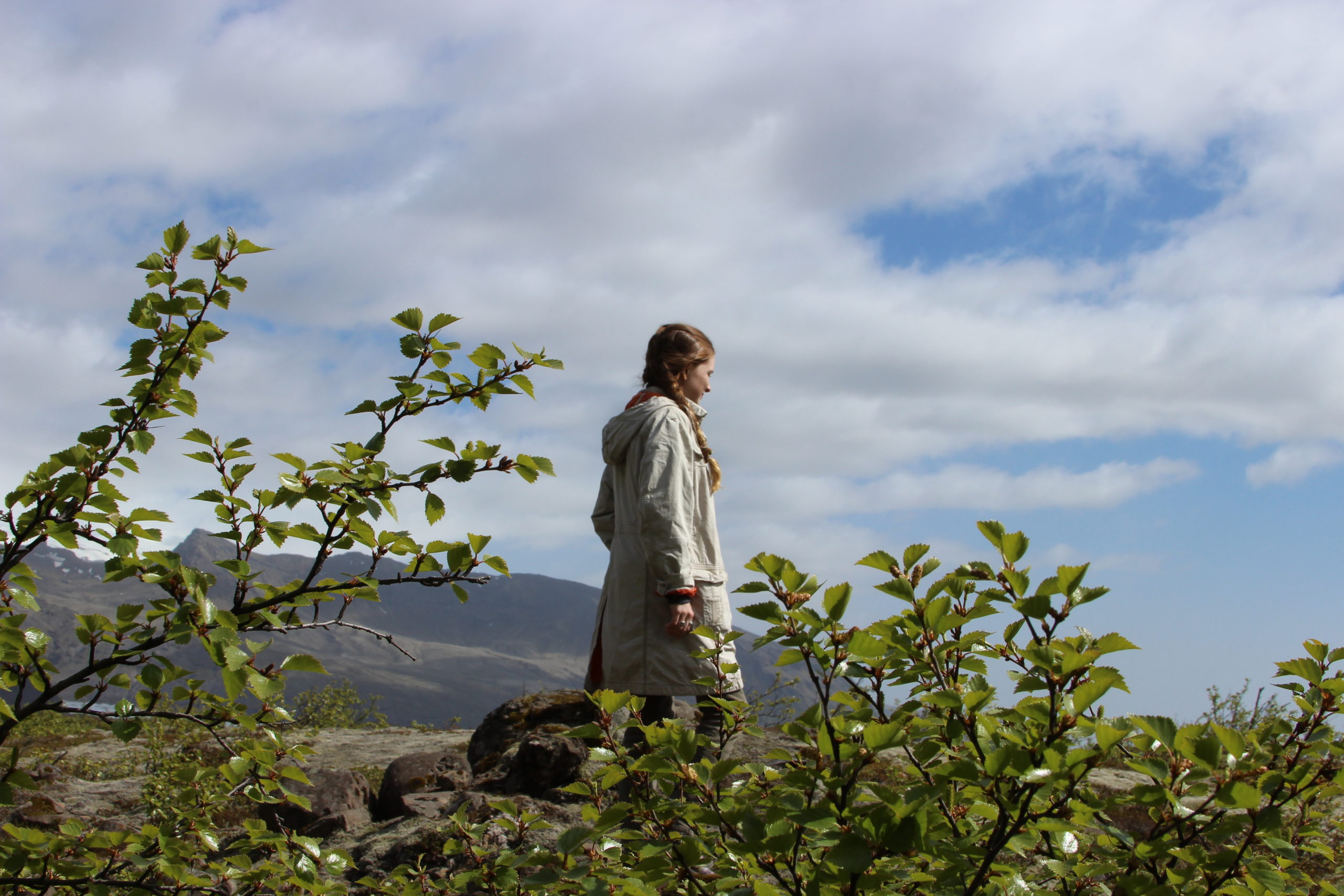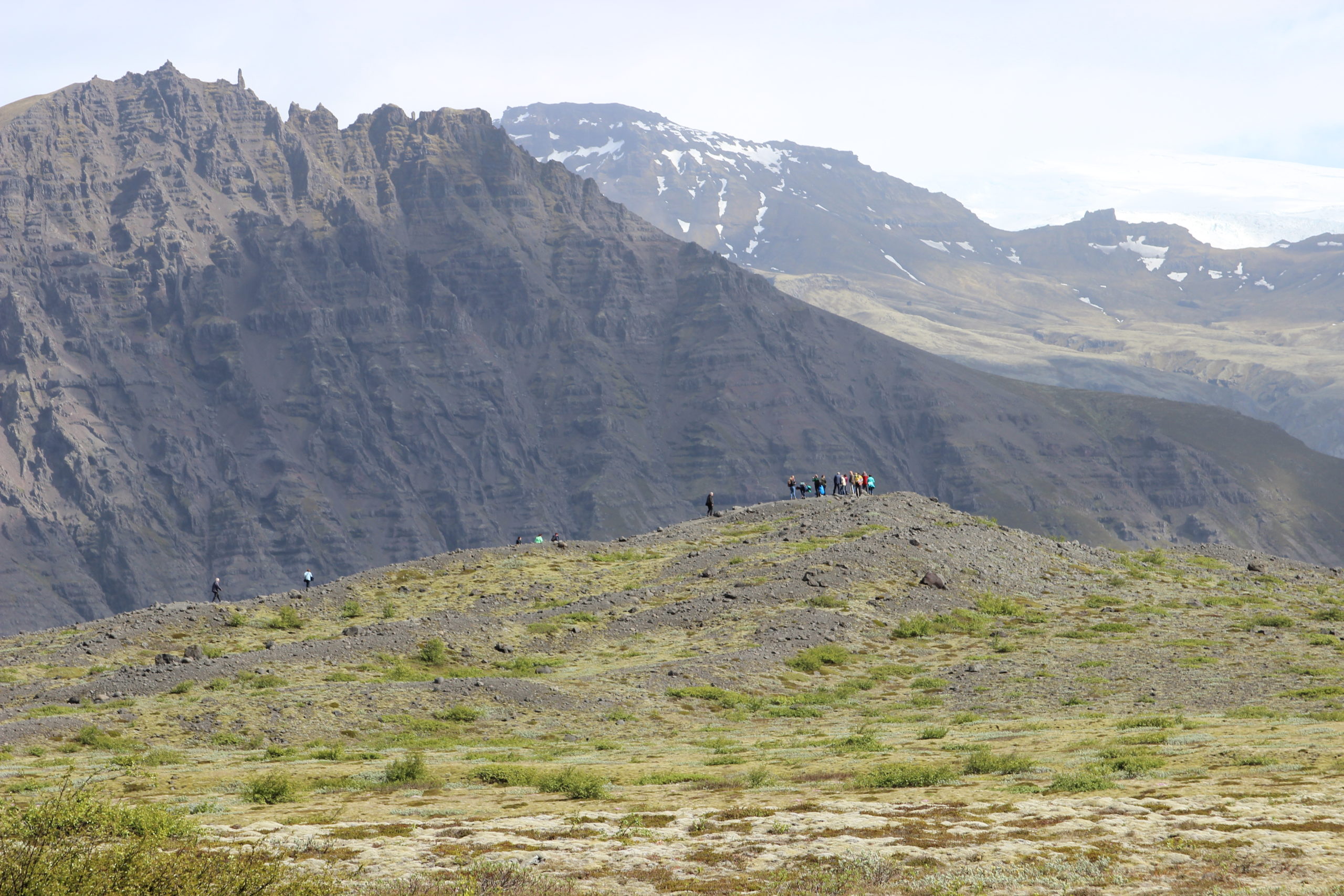On the mountain-dimpled arctic island of Iceland, locals are often found foraging for berries. Berry picking, or “berjamór,” could be considered the national past time of the country, as Icelanders have embraced it into their everyday lives for the good exercise, wild-picked nutritious fruit, and grounding time in their stunning outdoors. It is seldom practiced by tourists who visit the country, since berjamór hasn’t exploded on Instagram in the way that the Blue Lagoon has, making it a truly Icelandic activity.
For centuries, berjamór was practiced out of necessity. To get through the long seasons of darkness, Icelanders would pick native berries for the vital vitamin C, pointing to the fact that nature always provides. No matter how extreme the conditions are, there is always a way to survive thanks to the intuitiveness of the planet. There in the frozen darkness, people survived thanks to berjamór. This isn’t just a beautiful modern past time. It’s an intrinsic part of the fabric of Iceland.

If you want to participate in berjamór in the country, ask locals where to forage. Berries grow all over the island, but locals will know where the most flourishing ones are. Otherwise, drive until you see people gathering them in a field somewhere and join them (safely). It is perfectly legal to collect as many berries as you want on public land—a testament to the accessibility of nature in Iceland. On private land it is still legal but less must be picked, although exact amount limits vary (just do it by hand rather than bringing a huge bucket and berry picking tools—you’ll be okay that way). Bring a basket or bags with you to keep the precious morsels in, and don’t worry about which ones you pick—there aren’t any poisonous berries in Iceland. Bilberries (AÐALBLÁBER), crowberries (KRÆKIBER), and bog bilberries (BLÁBER) all grow plentifully. That said, rowanberries, stone bramble, and juniper berries can also be found.
Bilberries grow all over, but are most plentiful in the west and north of the country. They are black, juicy, and very sweet. Crowberries can withstand frost the best and therefore can be found much later in the autumn. They are small and black, a bit sour, and perfect for making into jam. Bog bilberries are purple and less shiny. They can be made into countless creations from jam to liqueur to soup.
If you can’t travel to Iceland however, or simply want to practice this mindful, nature-centered activity, pay attention to what is native (and edible—most places are not like Iceland and in fact have poisonous berries). What kind of berries can you buy at your local farmers market? What do growing guides for your region say? Consider downloading a plant identifier app on your phone, or attend a foraging workshop taught by a local expert. There are always plenty of foraging and plant encyclopedia books in local used bookshops as well, which is a sustainable option (otherwise, get a new copy from a small shop if possible). Learning this will not only allow you to gather berries in your region safely and successfully, but it’s a powerful way to bound with the land around you.
When you love someone, you need to learn about them—spend time with them. It is the same with the planet. Learning about what you share the land with strengthens the bond you have to it. The more you’re bonded to the land, the more you’ll be in tune with how to live harmoniously with it. Imagine if everyone on the planet spent the time to learn anything about the nature around them, like the berries they can pick there. It’s harder to harm something that you love, and it’s easier to love something that you know. Practicing berjamór is a link to the Earth. Do it often and that link will only fortify.

Also by Emily: 5 Ways To Celebrate The Harvest In Honor Of Mabon This Autumn
Get more like this—Sign up for our daily inspirational newsletter for exclusive content!
__
Photo: Nick Morgan




